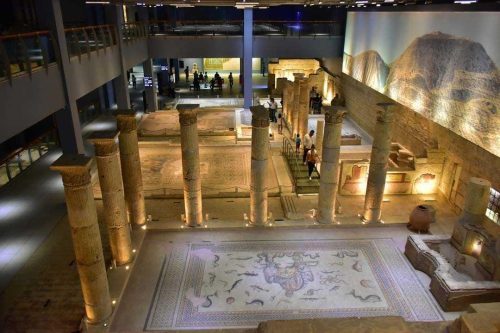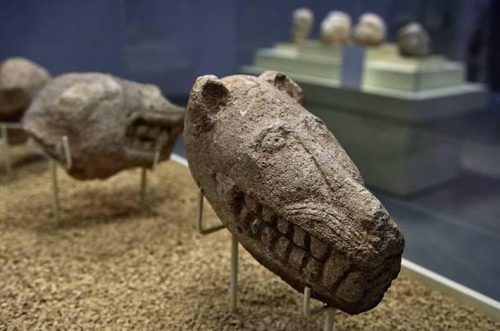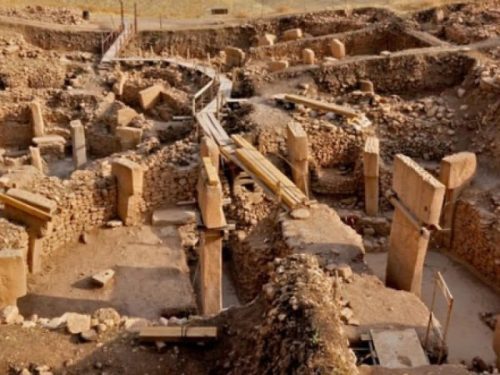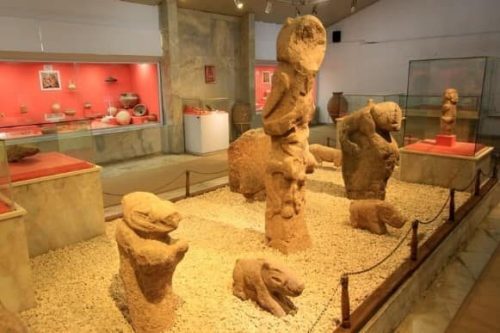
Göbeklitepe, situated 18 kilometers northeast of Şanlıurfa city center in Turkey, has emerged as a symbol of unparalleled historical significance, predating iconic structures like the Egyptian Pyramids and Stonehenge.

Dated to around 9600-9500 BC, Göbeklitepe has captivated the world since its discovery in 1963, offering a fascinating glimpse into humanity’s ancient past. This article delves into the monumental antiquity, architectural marvels, and overall significance of Göbeklitepe in the tapestry of human civilization.

- Göbeklitepe: A Monument of Unprecedented Antiquity
Göbeklitepe’s historical significance lies in its extraordinary age, dating back to the Neolithic era, over 12,000 years ago. It predates other historical structures, challenging conventional expectations of the time when humanity lived as hunter-gatherers. Discovered during a joint survey by the Universities of Istanbul and Chicago in 1963, extensive excavations initiated in 1994 revealed Göbeklitepe as a Neolithic cult center, hidden in mystery for millennia. - Architectural Marvels of Göbeklitepe
Göbeklitepe’s temples boast advanced architecture, featuring monumental T-shaped limestone columns that astound researchers worldwide. The structures, surrounded by approximately 20 round and oval formations with a diameter of 30 meters each, showcase the architectural grandeur of the site. These remarkable constructions challenge preconceived notions about the capabilities of Neolithic societies. - T-Shaped Limestone Columns: A Unique Feature
At the heart of Göbeklitepe’s architectural marvels are the T-shaped limestone columns, standing at an impressive height of 5 meters. These columns, standing independently within the temple structures, are adorned with intricate engravings depicting animist figures and beliefs. The smaller columns lining the inner walls further enhance the mystical aura of the site, providing a unique glimpse into the spiritual world of prehistoric peoples. - Dimensions of Significance
Göbeklitepe’s significance transcends its antiquity and architectural grandeur. It serves as a sanctuary of unparalleled importance for the Neolithic period, challenging existing theories and dating frameworks in archaeological studies. The dimensions, dating, and monumentality of Göbeklitepe’s structures contribute to redefining our understanding of ancient civilizations and their capabilities.
Conclusion:

Göbeklitepe stands as a testament to the ingenuity of our ancient ancestors, offering a window into the Neolithic era that predates other renowned historical structures. Its T-shaped limestone columns, architectural marvels, and dimensions of significance make Göbeklitepe a unique and invaluable archaeological site, reshaping our understanding of human civilization’s early chapters. As ongoing research continues to unravel its secrets, Göbeklitepe remains a cornerstone in the exploration of our shared human history.





